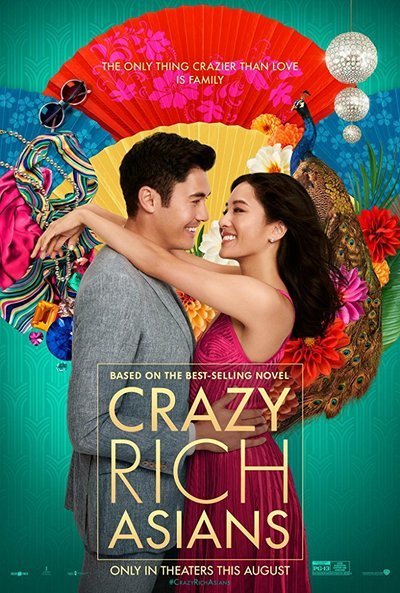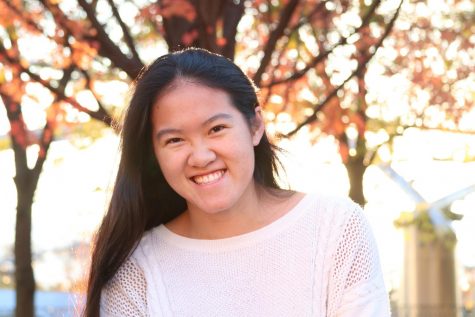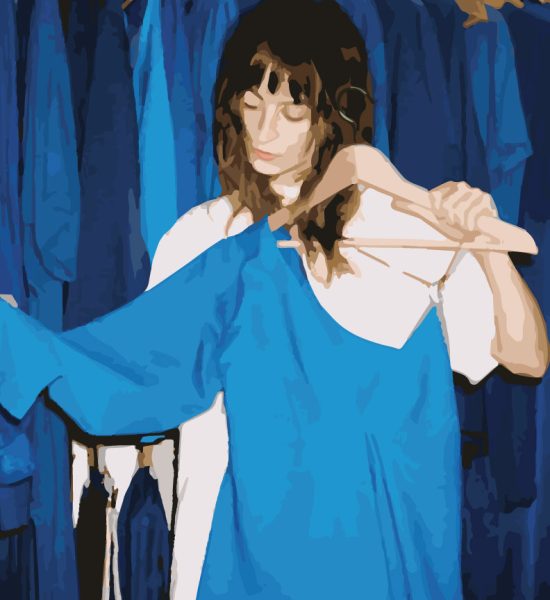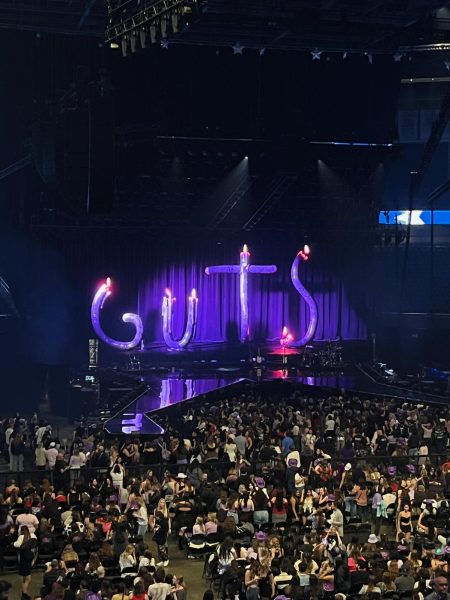‘Crazy Rich Asians’ Breaks Through Hollywood’s Bamboo Ceiling

When I began watching Crazy Rich Asians, I was nervous—I needed it to be good. I needed the film to be good so that Hollywood couldn’t whisk an all-Asian cast away as part of a representation agenda, in which diversity is exchanged for quality. But with box-office topping numbers and raving critics, Crazy Rich Asians dazzled all with a whimsical tale told by refreshingly new faces.
Adapted from Kevin Kwan’s novel, the movie follows the story of Rachel Chu, an unapologetically Chinese-American economics professor. She’s dating Nick Young; it’s a simple and endearing relationship—but only to her. When they travel together to Singapore for a wedding, they fly first class, which unbeknownst to Rachel, is the first sign of the Youngs’ lavish wealth. However she is greeted with the harsh reality of dating an heir; Rachel soon falls victim to parental scrutiny and cynical envy by the country’s female population.
Nick’s mother, Eleanor, burdens the couple with pressure of Nick’s familial duties. A theme of traditional versus individualism is woven throughout the film, as Rachel’s American values seem to come off as selfish to Nick’s old money family. The romantic comedy isn’t complete without the eccentric humor brought by Chu’s college roommate, Peik Lin, to help ease the tensions. The batty personalities of Peik Lin and her family (Ken Jeong plays the dad, if that’s any indication) are a genuine highlight of the film.
In addition to receiving praise for the developed plot, the movie also made headlines as the first film with an all-Asian cast since Joy Luck Club 25 years ago. The cast seems to mirror the theme of old and new found in the film; Michelle Yeoh is the closest Asian actress to a household name, while Awkwafina recently made the jump from YouTube to the silver screen. Having been confined to Asian stereotypes of a nerd or kung fu star in the past, the actors in this movie shatter stereotypes. Henry Golding portrays Nick as a universally attractive, hunky (for lack of a better word) man, and Constance Wu depicts a self-assured Rachel in distress, but she doesn’t need saving.
As a celebration of opulence, Crazy Rich Asians certainly doesn’t tell the story of every Asian upbringing. But as a Chinese-American, it was the authenticity of the details and themes that allowed me to feel so seen. In particular, the scene of Nick’s family sitting around a table wrapping dumplings: Nick shares with Rachel his grandmother’s method of wrapping, which immediately took me back to my own flour-dusted days learning from my grandma. These small, broken-down moments ultimately made the sumptuous movie one I could relate to. I felt validated by the strong narratives of Rachel and Astrid played by Asian actresses; for the first time I could truly see myself in those characters and aspire to their courage and resolve.
While the film proved to be a landmark in Hollywood’s push for diversity, it’s still far from perfect. Some have been quick to point out lack of South Asians in a film set in the multicultural society of Singapore. The LGBTQ representation is also confined to the overused trope of a gay cousin who leads the makeover, though any representation may already be significant for an international Asian audience, as many countries do not recognize same-sex marriage.
Above all, Crazy Rich Asians is a romcom with timeless values enriched by both wealth and culture. The colorful visuals and developed characters tell the classic love story in a delightful way that everyone can laugh, cry, and find joy in. Support for the film has exceeded expectations, only proving that a diverse cast is more than capable of producing an exceptional film. Its success is indicative of a movement: representation matters.

I've always been a storyteller, and I fell in love with journalism as an outlet to express my voice and share stories. When I'm not in the newsroom, you...






